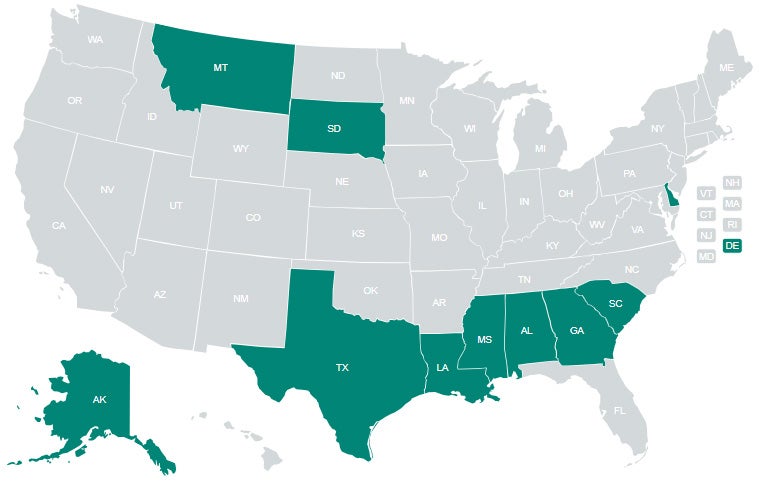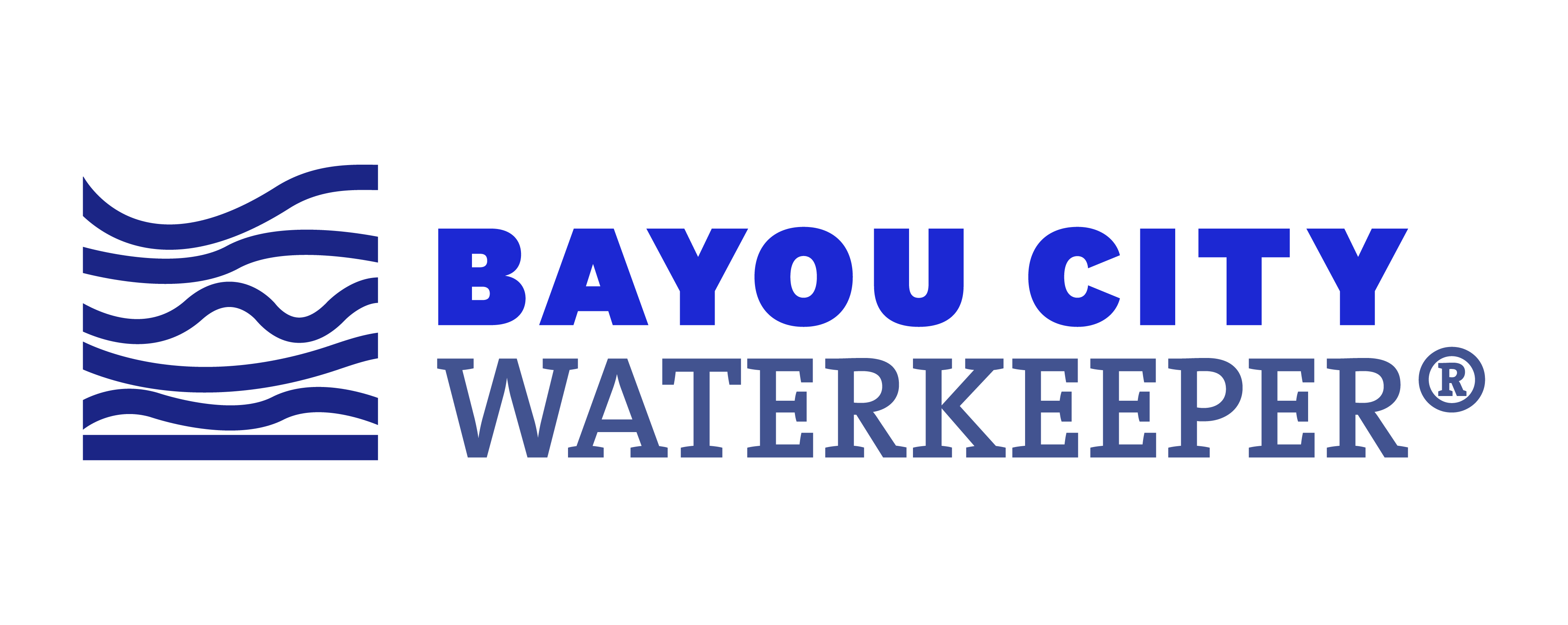Watershed research fellow Bikram Singh, who supported research and analysis of the downstream impacts of wetlands losses, contributed to this post.
It has been one year since the U.S. Supreme Court took away protections for most wetlands nationwide, and in Texas, that decision has had especially serious consequences. Across greater Houston, wetlands are our first line of defense against flooding. They often hide in plain sight, quietly taking in and releasing water around our neighborhoods, in our prairies and forests, and along our bayous and coasts following our frequent rains. One acre of wetlands can capture, hold, and slowly release a million gallons of stormwater. Across this region, that translates to roughly 50 billion gallons of stormwater detention during a major storm.
Despite wetlands’ importance, the State of Texas has attacked the Clean Water Act’s protections for wetlands, while failing to offer any meaningful solution of its own. Our work to protect wetlands is more important than ever. We’ve hired a Wetland Outreach Coordinator to expand our reach to the communities most affected by wetlands loss and double-down on our important work to protect Five Critical Wetland areas.
While we create new policy solutions, the Clean Water Act remains an important tool for protecting wetlands
Given the lack of protection at state level, the Clean Water Act continues to offer robust protections for some wetlands. With support from community members on the ground, we have monitored developments across the watershed, analyzing the impacts of development on wetlands. Since the start of the year, in Galveston, Brazoria County, and Waller County, community reports and our wetland mapper have enabled us to take quick action to submit complaints or comments to federal regulators to ensure wetlands receive the full protections still allowed by the Clean Water Act. While we continue this traditional enforcement work, we have been working to create a policy agenda before the 2025 legislative session and recently hired a Policy and Partnerships Manager to support this work.

Our community-based research is filling needed data gaps to show the importance of wetlands to downstream communities
Development of our Five Critical Wetland areas has helped focus our work to protect wetlands, and the experience of our region with storms has emphasized the need to protect wetlands as a form of flood protection for communities downstream of these areas. In these downstream communities, we have observed compounding water justice issues that interact with the impacts of wetland losses, including historic redlining, open drain lines, higher concentrations of sewage overflows, high social vulnerability and flood risk. These concentrated areas are also where we see high proportions of communities of color.
Communities experiencing the cumulative impacts of living in what are sometimes called sacrifice zones bear the brunt of it all: lower life expectancies, and compounding health conditions. Protecting critical wetlands upstream from these communities within our Critical Wetland areas can slow the flow of flooded water and reduce risk of exposure, while providing the added benefit of filtering water before it reaches the Gulf of Mexico.
We have partnered with Stanford University on a 2-year study to understand our region’s perceptions of wetlands protection and other nature-based flooding solutions and to model wetland restoration potential in our region. Through this community-centered, participatory research, we aim to bridge gaps in traditional approaches to science, especially as it relates to protecting wetlands, advocate for nature-based solutions as critical flood infrastructure, and center the most impacted communities within our watershed in shaping and implementing policy solutions.
The Wetlands Hub makes our internal tools accessible so communities can participate in wetlands protection
This year we launched our Wetland Watch Hub – a resource page dedicated to protecting wetlands and building awareness on the importance of wetlands in our Lower Galveston Bay Watershed. The Wetland Watch Hub allows all our tools to be accessible on this user-friendly wetland hub, including our Wetland Watch Survey Form, Wetland Mapper, 5 Critical Wetlands Story Map and additional resources to learn more about our wetland advocacy and ways to stay engaged and request in person workshops and presentations. Give feedback to our Wetland Watch hub here.
Through Wetland Walks, we are connecting community members to their neighboring wetlands
This Spring we launched our first expert-guided Wetland Walks, offering community members the chance to connect with our local ecosystems, with the goal of fostering a deep appreciation and understanding of the critical role wetland areas play in our environment and community. The first walk this year took place at the Jesse H. Jones Park & Nature Center in the Lake Houston Critical Wetland area and was guided by our founding Board president Dr. John Jacob. Our second walk was at the Nash Prairie in the Trans-Brazos Critical Wetland area, led by Nash Prairie expert Susan Conaty. Our Wetland Walks will continue this fall, continuing our commitment to engage community members with their local wetland ecosystems. Together we can learn from diverse perspectives, honor the history of the land, advocate for the protection of our local wetlands — and nurture a connection with nature that inspires stewardship and protection for generations to come.
Looking ahead
Over the next few months, BCWK will continue to actively monitor wetlands, with your help. Know of a wetland that is at risk of being lost to development? Submit it to us using our field survey. In the fall, we will use the information you submit to expand the reach of our traditional enforcement work by launching a proactive wetlands policy agenda.
This fall, BCWK and Stanford University will continue Phase II of our study by launching a survey informed by our focus group sessions from earlier this spring. This survey will be critical to building our understanding of how large scale green infrastructure and protecting wetlands can protect downstream communities.
Keep an eye out for our next Wetland Walks once the weather cools down. In the meantime, schedule a workshop or presentation with us. Submit this form here.
For more information on any of our work to protect wetlands, contact our Wetland Outreach Coordinator Alenka Cardenas at alenka@bayoucitywaterkeeper.org.
Bayou City Waterkeeper is a bold advocate for communities across the Lower Galveston Bay watershed. Through sound science and creative legal strategy, we work toward a shared vision of water justice. As we shape policy solutions that embrace the strength of our region’s natural systems, we are most effective when we center the experience of communities most vulnerable to water, climate, and infrastructure injustices.
